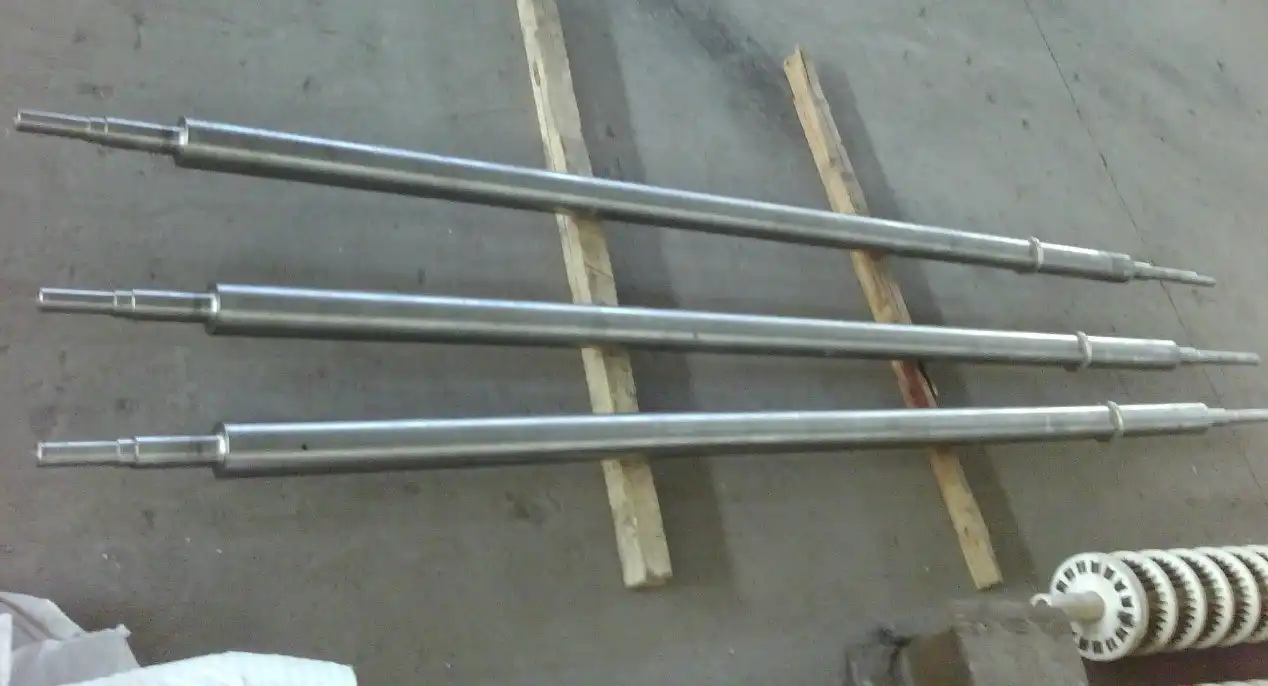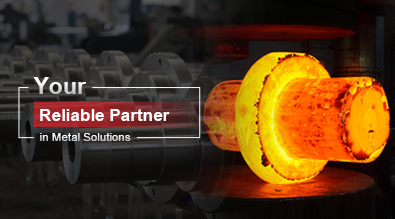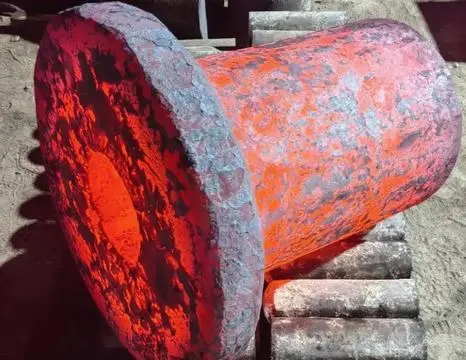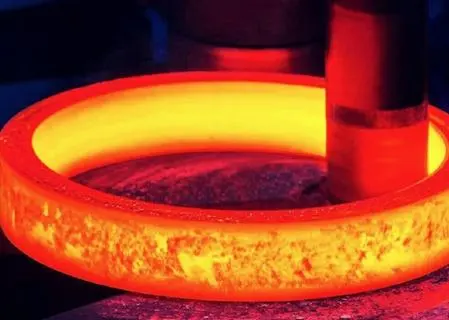The Role of Furnace Rolls in Heat Treatment Processes
Temperature Uniformity and Control
Furnace rolls are engineered to maintain consistent temperatures across their surface, ensuring uniform heat distribution to the materials being processed. This temperature uniformity is critical for achieving desired material properties and preventing localized overheating or underheating. Advanced furnace roll designs incorporate materials with excellent thermal conductivity and specialized coatings that enhance heat transfer efficiency. By providing a stable thermal environment, these rolls contribute to the precise control of the heat treatment process, resulting in improved product quality and consistency.
Material Support and Movement
One of the primary functions of furnace rolls is to support and transport materials through the heating chamber. Their design allows for smooth and controlled movement of products, preventing any warping or deformation that could occur due to gravity or thermal stress. This is particularly important for thin or delicate materials that are susceptible to shape changes during heat treatment. The ability to maintain proper alignment and positioning of materials throughout the process ensures that each product receives uniform exposure to heat, contributing to consistent quality across batches.
Surface Finish Preservation
High-quality furnace rolls are designed with surface characteristics that minimize friction and prevent sticking or marking of the processed materials. This is crucial for industries where surface finish is a critical quality factor, such as in the production of sheet metal or glass. By utilizing materials and coatings that resist oxidation and wear at high temperatures, furnace rolls help preserve the surface integrity of the products passing through the furnace. This attention to surface interaction contributes to better overall product quality by reducing defects and maintaining the desired aesthetic and functional properties of the finished goods.
Advancements in Furnace Roll Technology
Material Innovations
Recent advancements in metallurgy and materials science have led to the development of furnace rolls with enhanced performance characteristics. Alloys with improved high-temperature strength, corrosion resistance, and thermal stability are now being utilized in furnace roll construction. These materials allow for longer service life, reduced maintenance requirements, and the ability to operate in more extreme temperature conditions. For instance, nickel-based superalloys and advanced ceramics are being employed in furnace rolls for applications requiring exceptional heat resistance and dimensional stability. These material innovations directly translate to better product quality by ensuring more consistent and reliable furnace operation over extended periods.
Coating Technologies
The application of specialized coatings on furnace rolls has significantly improved their performance and longevity. These coatings serve multiple purposes, including enhancing wear resistance, reducing friction, and improving thermal properties. Advanced ceramic coatings, for example, can provide excellent insulation and protection against corrosive environments often encountered in industrial furnaces. Some coatings are designed to minimize heat absorption by the rolls themselves, allowing for more efficient heat transfer to the processed materials. By optimizing the interaction between the furnace rolls and the materials being treated, these coating technologies contribute to improved product quality through better temperature control and reduced risk of surface defects.
Smart Monitoring and Control Systems
The integration of smart monitoring and control systems with furnace rolls has revolutionized heat treatment processes. These systems employ sensors and advanced algorithms to continuously monitor roll temperature, rotational speed, and surface condition. Real-time data analysis allows for immediate adjustments to maintain optimal processing conditions. Some systems even incorporate predictive maintenance capabilities, identifying potential issues before they impact product quality. By ensuring consistent and precise operation of furnace rolls, these smart systems play a vital role in maintaining high product quality standards and reducing variability in heat treatment outcomes.
Impact of Furnace Rolls on Specific Industries
Steel Production
In the steel industry, furnace rolls are essential components in continuous annealing lines and galvanizing processes. The quality of steel products heavily depends on the performance of these rolls. High-precision furnace rolls ensure uniform heating and cooling of steel strips, which is crucial for achieving desired mechanical properties and surface characteristics. The use of advanced furnace rolls in steel production has led to improvements in sheet flatness, surface finish, and overall product consistency. This has enabled steel manufacturers to meet increasingly stringent quality requirements for applications in automotive, construction, and appliance industries.
Glass Manufacturing
The glass industry relies on furnace rolls for the production of float glass and other flat glass products. In this application, the rolls play a critical role in maintaining the flatness and optical quality of the glass as it cools. The precision and stability of furnace rolls directly impact the thickness uniformity and surface quality of the glass sheets. Advanced furnace roll designs, incorporating materials with low thermal expansion and high dimensional stability, have contributed to significant improvements in glass quality. This has enabled the production of ultra-thin and high-clarity glass for applications in electronics, solar panels, and architectural glazing.
Automotive Component Manufacturing
In the automotive industry, furnace rolls are utilized in various heat treatment processes for components such as engine parts, transmissions, and body panels. The quality and performance of these components are closely tied to the precision of the heat treatment process. Furnace rolls designed for automotive applications often feature specialized coatings and materials that can withstand the high temperatures and cyclic loading encountered in automotive manufacturing. By ensuring uniform heating and controlled cooling, these rolls contribute to the production of components with consistent mechanical properties, improved wear resistance, and enhanced fatigue life. This translates to better overall vehicle quality and reliability.
In conclusion, furnace rolls are indispensable components in various industrial processes, significantly contributing to enhanced product quality. Their role in maintaining temperature uniformity, supporting material movement, and preserving surface finish is crucial for achieving consistent and high-quality outputs. As technology continues to advance, the development of innovative materials, coatings, and smart control systems for furnace rolls will further improve their performance and impact on product quality. For industries seeking to optimize their heat treatment processes and elevate product quality, investing in high-quality furnace rolls and staying abreast of technological advancements in this field is essential. If you're interested in learning more about furnace rolls and how they can improve your manufacturing processes, please don't hesitate to contact us at info@welongpost.com.




